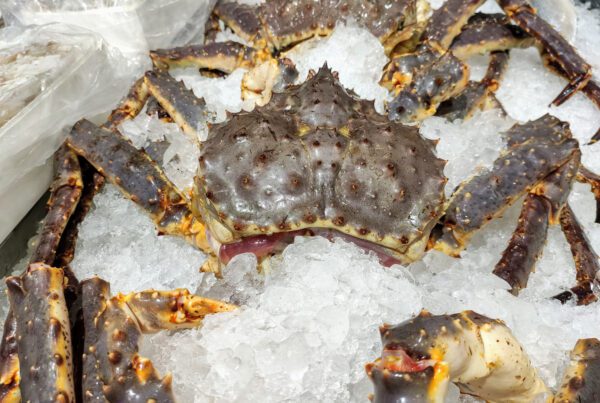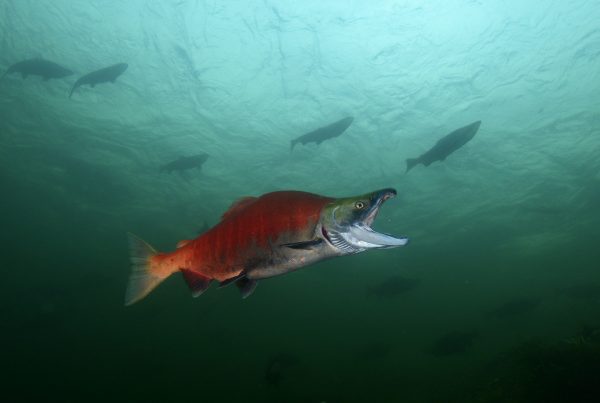The federal government took the unprecedented step of closing the federal cod fishery in the Gulf of Alaska for the 2020 season. This is the first time that this has ever happened. This year though, it’s not about over-fishing but climate change. We have discussed at length the story of “the blob” in the Pacific ocean from 2014, and it’s affected not only the salmon but the cod.
The 2019 season was down 80% from 2018 and now the complete closure.
While there were plenty of juvenile eggs and fish, they didn’t have a food source to survive. A stock assessment this fall put Gulf cod populations at a historic low, with “next to no” new eggs, according to Steven Barbeaux, a research biologist with the National Oceanic and Atmospheric Administration, who authored the report.
“A lot of the impact on the population was due to that first heat wave that we haven’t recovered from,” Barbeaux said during an interview last month. Following the first heat wave, cod numbers crashed by more than half, from 113,830 metric tons in 2014 to 46,080 metric tons in 2017.
“It’s kind of devastating,” Kodiak-based pot cod fisherman Frank Miles said last month. He hoped at the time that the situation would turn around for next year’s season. Before the first heat wave, Miles said about 70% of his income came from cod fishing. Since then, he’s worked to diversify, but he’s still concerned for the future.
CFI has seen a steady decline the past 2 year in air freight volumes of cod to domestic markets and cod milt to Japan. Cod milt is the sperm of the cod which Japan uses in soups during the cold winter months. Since last year’s cod decline, the buyers had to find another source. They looked at countries like Iceland and Norway. I hope this isn’t the trend going forward and go back to buying Alaska cod once it hopefully bounces back.



